Say hello to the magnificent Resplendent Quetzal, a bird with a stunning shimmering plumage showcasing hues of green, gold, blue-violet that seem to change colors as the light dances upon its feathers.
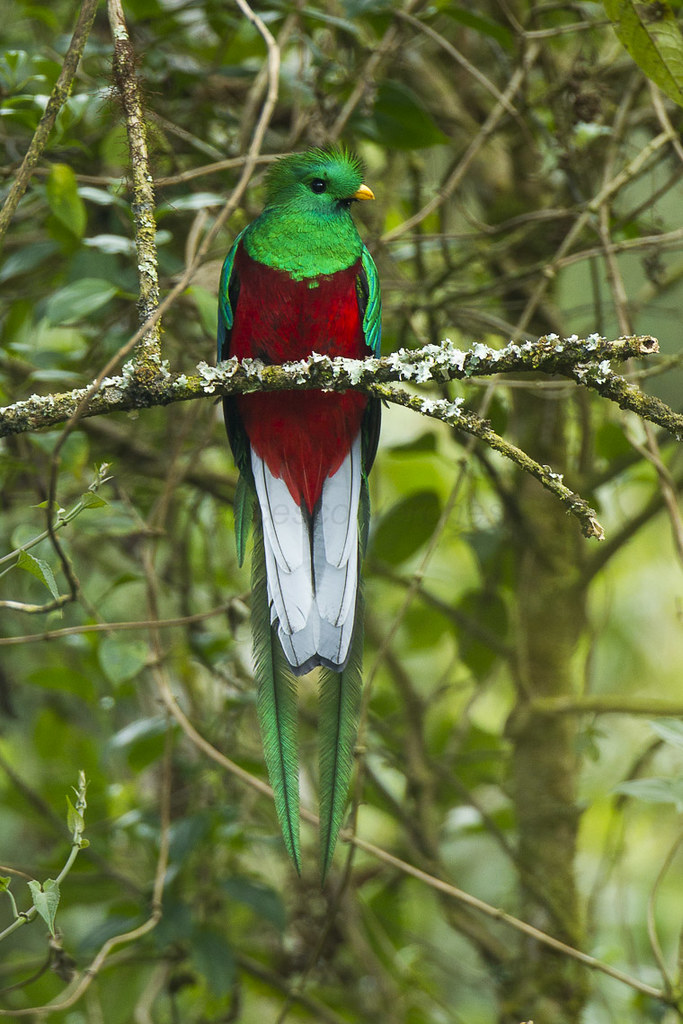
Image provided by Francesco Veronesi under the CC BY-SA 2.0 license The resplendent quetzal, a member of the trogon family, is truly a sight to behold. Its iridescent feathers flicker with shades of green, gold, and blue-violet, reflecting different hues in the light. The vibrant red of its breast and belly only adds to its beauty. With a helmet-like crest and a strikingly long tail, the males of this species truly live up to their name during the breeding season.
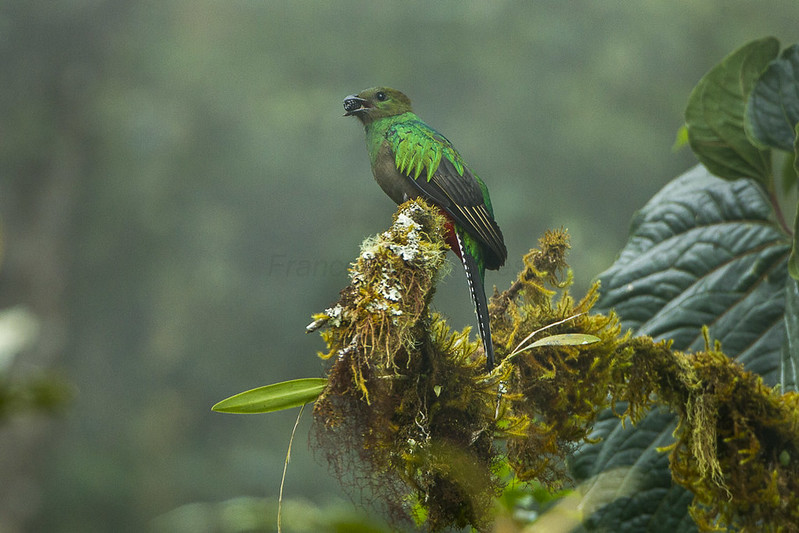
The ladies may not have the fancy long tail feathers that the gents flaunt, but they still rock the vibrant shades of blue, green, and red just like their partners. While the males sport yellow bills, the females keep it classy with black beaks.
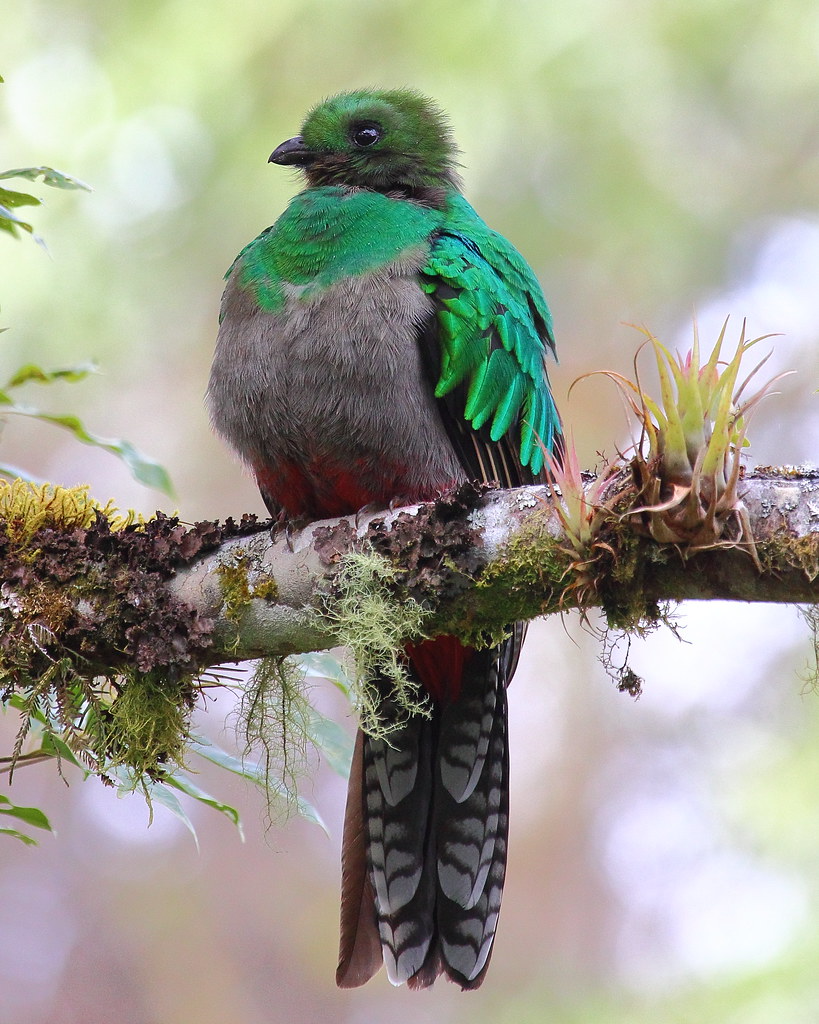
The gorgeous female resplendent quetzal, captured in an image by ryanacandee and licensed under CC BY 2.0, thrives in the montane cloud forests spanning from southern Mexico to western Panama.

The image “Male Resplendent Quetzal” by ryanacandee is licensed under CC BY 2.0. Resplendent quetzals have a unique diet, mainly feasting on wild avocados and other fruits from the laurel family. They have a special way of spreading the seeds by swallowing the fruit whole and then spitting out the pits. Besides fruits, they also enjoy munching on insects, frogs, and lizards for extra nutrients.
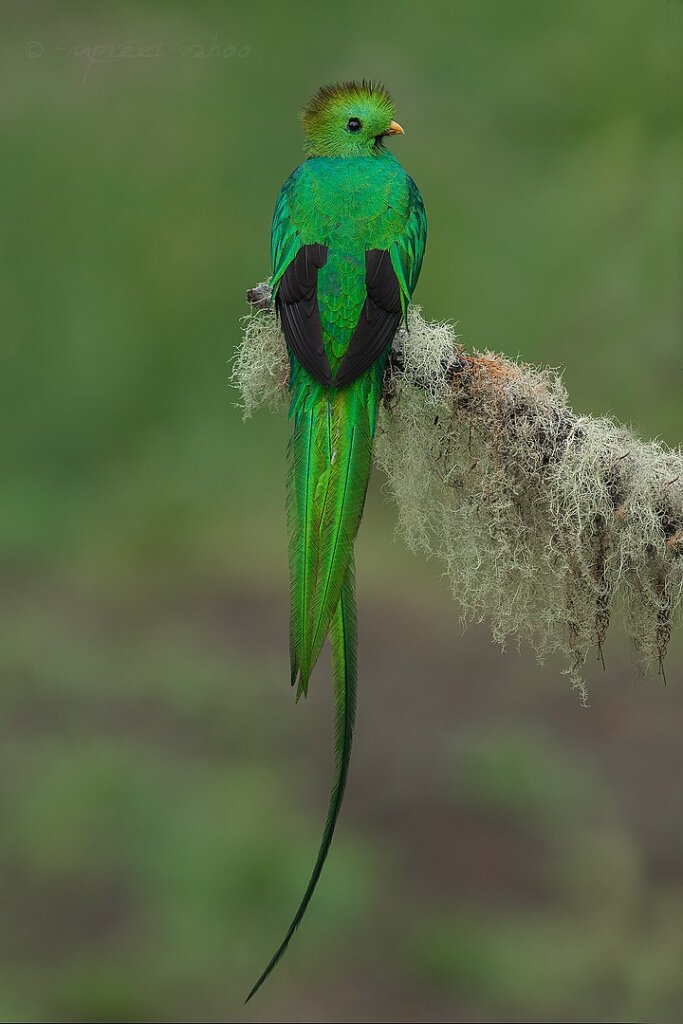
The breeding season varies depending on the location of the birds. In Mexico, it typically starts in March and April, while in El Salvador, it’s from May to June, and in Guatemala, it’s from March to May. The female birds lay two eggs in a nest inside a hole they make in a decaying tree about 200 feet high. Both parents take turns sitting on the eggs for about 18 days, with the male usually taking the daytime shift and the female taking over at night. After hatching, both parents share the responsibility of feeding the hatchlings, but the female often leaves the task to the male as the young birds grow older.
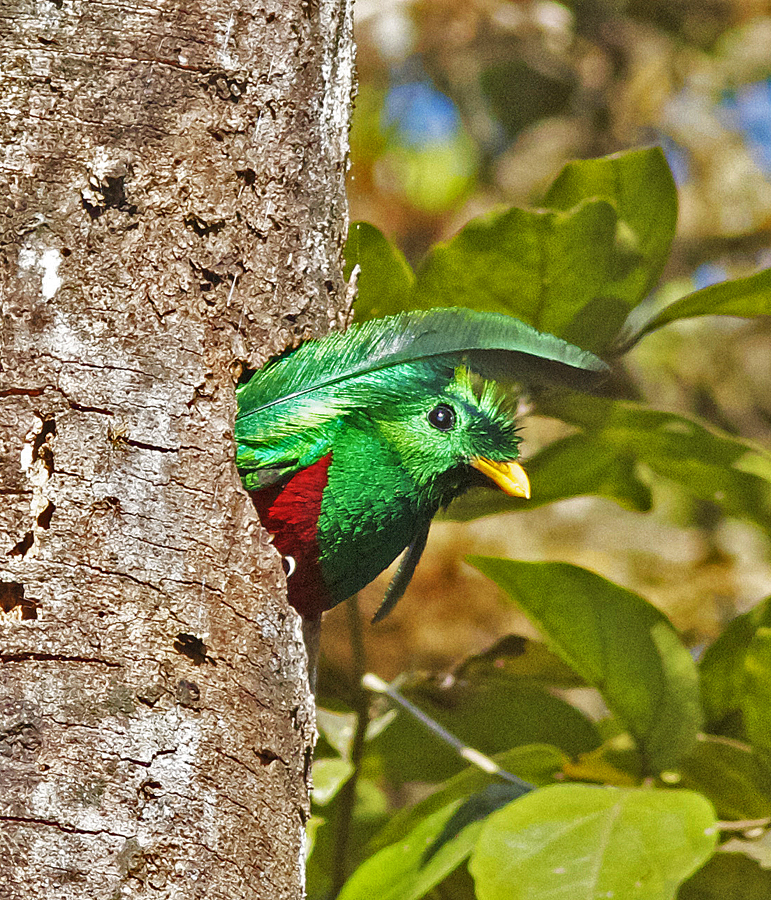
Thanks to Joseph C Boone for sharing this beautiful photo of the resplendent quetzal. While this stunning bird is unfortunately close to being endangered because of habitat destruction, there is some hope as a few of them are able to thrive in protected areas.
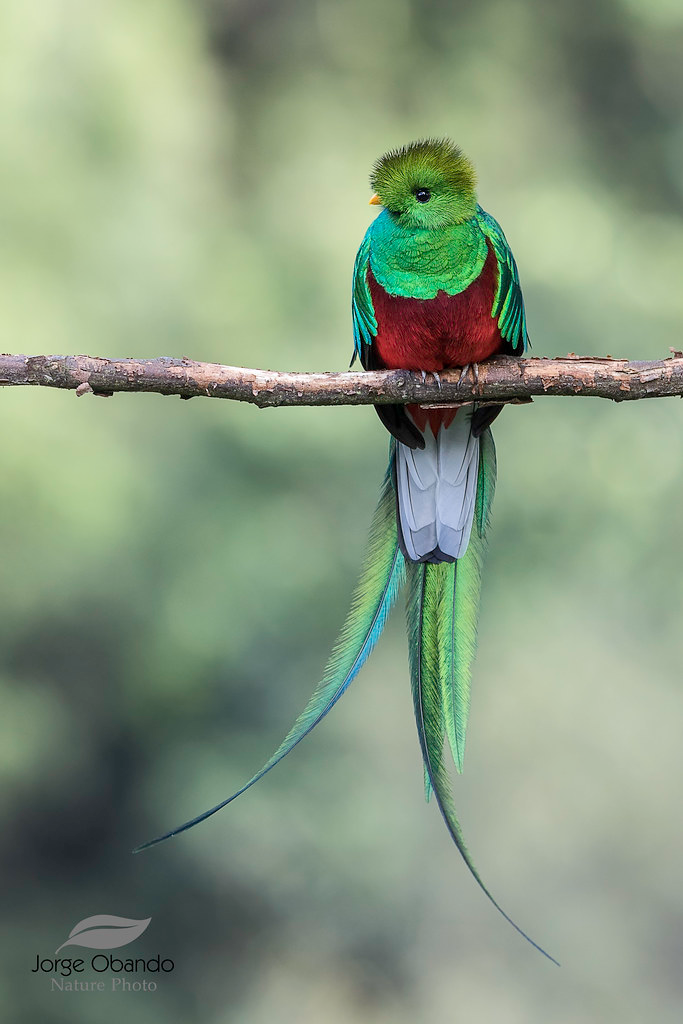
Check out the mesmerizing hues of the “Resplendent Quetzal” captured by Jorge Obando Gutierrez in the video linked below! This stunning bird flaunts its autumnal colors with grace and is truly a sight to behold. Share this visual treat with fellow bird enthusiasts to spread the awe and beauty of nature.


